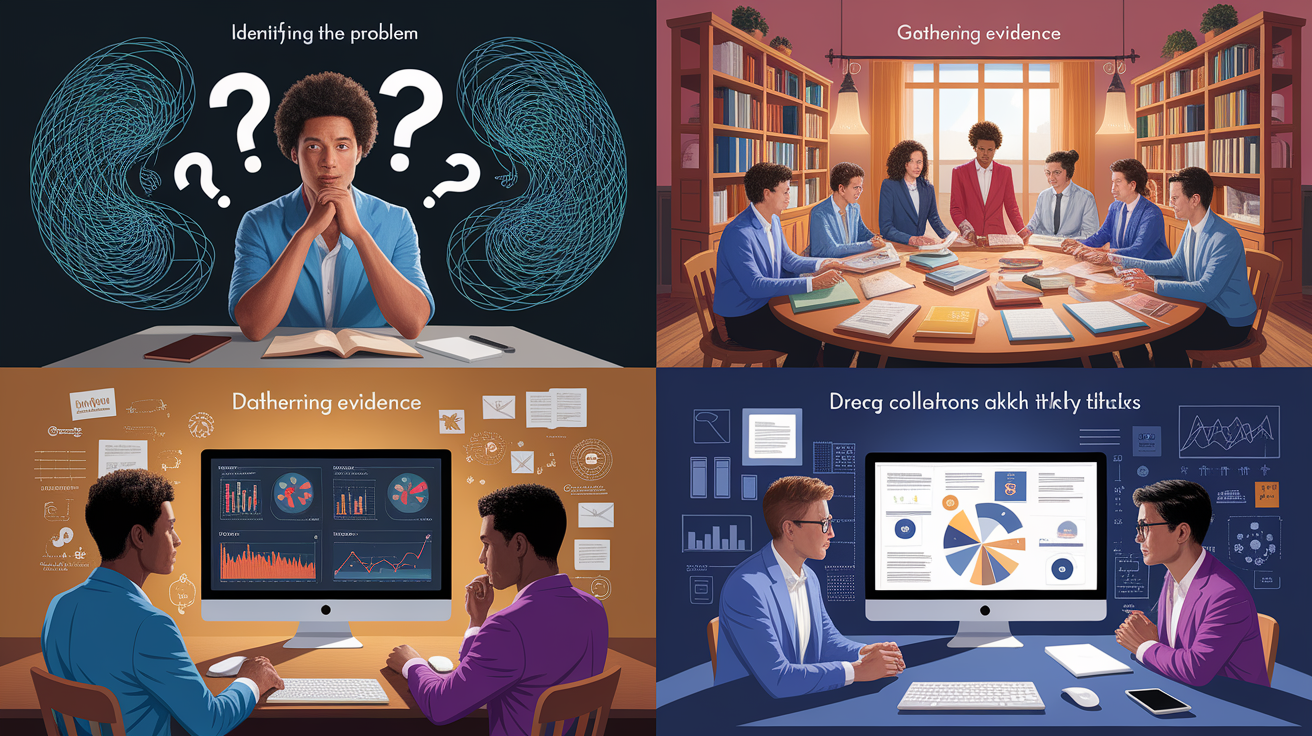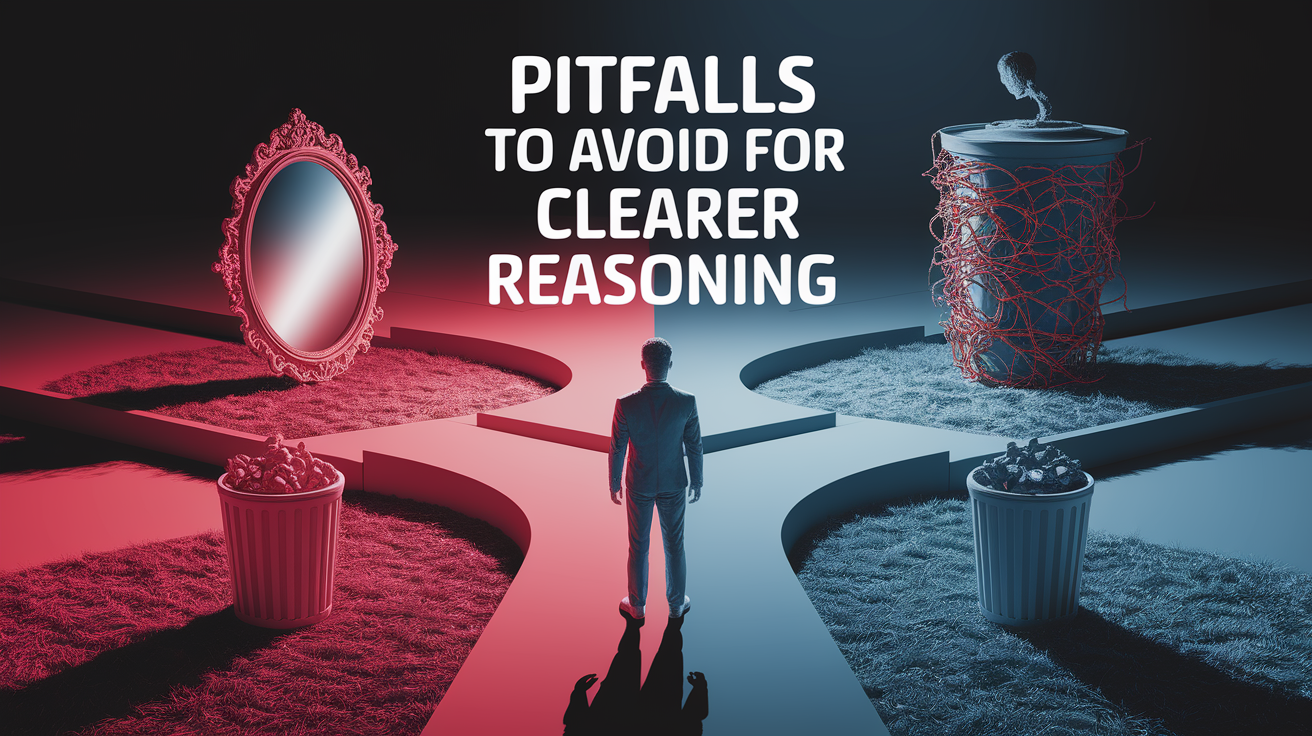Crystal Clear Thinking – An Introduction
Imagine wearing a pair of “clarity glasses” that cut through foggy ideas, emotional bias, and wishful thinking. Evidence-based critical thinking is a lot like that—it’s your mental toolkit for making sharper, fairer, and more rational decisions. Whether you’re a student untangling a tricky problem, a nurse deciding on a treatment plan, or a manager weighing business strategies, learning how to anchor your reasoning in empirical evidence makes your thinking both confident and credible. By following disciplined steps of questioning, analyzing, and reflecting, you’ll find that clear thinking isn’t mysterious—it’s teachable, learnable, and incredibly empowering.

The Core Principles of Evidence-Based Reasoning
At its heart, evidence-based critical thinking blends classic critical thinking skills—like analysis, interpretation, and logical reasoning—with rigorous attention to valid, verifiable information. According to the Paul-Elder Critical Thinking Framework, strong thinking rests on elements such as purpose, assumptions, and inferences, all assessed by intellectual standards like clarity, accuracy, and relevance.

In practice, this means:
- Question everything – Keep a skeptical inquiry mindset and check if claims are backed by solid data.
- Evaluate the quality of evidence – Fact-check sources for methodological validity and avoid cognitive bias.
- Connect reasoning to evidence – Logical conclusions must be rooted in credible, relevant information, not impulse or anecdote.
It’s also about cultivating intellectual traits—humility to admit uncertainty, integrity to pursue truth over personal bias, and perseverance to think things through—while applying analytical thinking that elevates academic rigor and practical reasoning alike.
Applying Evidence-Based Critical Thinking in Four Steps
Ready for the how-to? Here’s a simple, classroom-friendly framework to apply in everyday problem-solving and decision-making:

- Identify the question or problem – Define your purpose clearly. Is it a research question, a workplace decision, or a personal dilemma?
- Gather quality evidence – Seek reliable sources, using research methodology you trust. Scrutinize data for biases, relevance, and statistical significance. For example, in healthcare, consider clinical evidence grounded in peer review.
- Analyze and interpret – Use scientific reasoning to examine causal inference, distinguish correlation vs causation, and test hypotheses with reproducibility in mind.
- Draw a reasoned conclusion – Integrate your findings into a logical, transparent argument, ready for skeptical review or systematic evaluation.
Applying these steps enhances research literacy and nurtures an evidence-based practice that works across disciplines.
Pitfalls to Avoid for Clearer Reasoning
Even the most careful thinkers can stumble. Here are some common traps—and how to sidestep them:

- Confirmation bias – It’s tempting to seek only the data that supports your view. Instead, challenge yourself with contradictory evidence.
- Emotional reasoning – Strong feelings can cloud judgment. Focus on objective analysis instead of impulse-driven decisions.
- Unsupported assumptions – Verify your premises with credible evidence rather than anecdotal reports.
- Weak methodology – Poorly designed research can mislead. Evaluate sample size, control groups, and methodological validity before accepting results.
Avoiding these pitfalls strengthens your evidence evaluation skills and guarantees your judgments rest on a solid foundation.
The Critical Edge – Next Steps and Takeaways
Building stronger evidence-based critical thinking abilities doesn’t happen overnight—but every step you take toward rational decision making pays off in clarity, confidence, and credibility. Start small: question a news article’s source credibility, practice data interpretation in your field, or explore a guide on critical evaluation for deeper insight. Over time, integrating academic rigor with daily reasoning will become second nature.
Remember—thinking based on evidence rather than opinion is your superpower in education, research, and beyond. So put on your “clarity glasses,” embrace the scientific method, and let quality evidence sharpen your mind every day.




